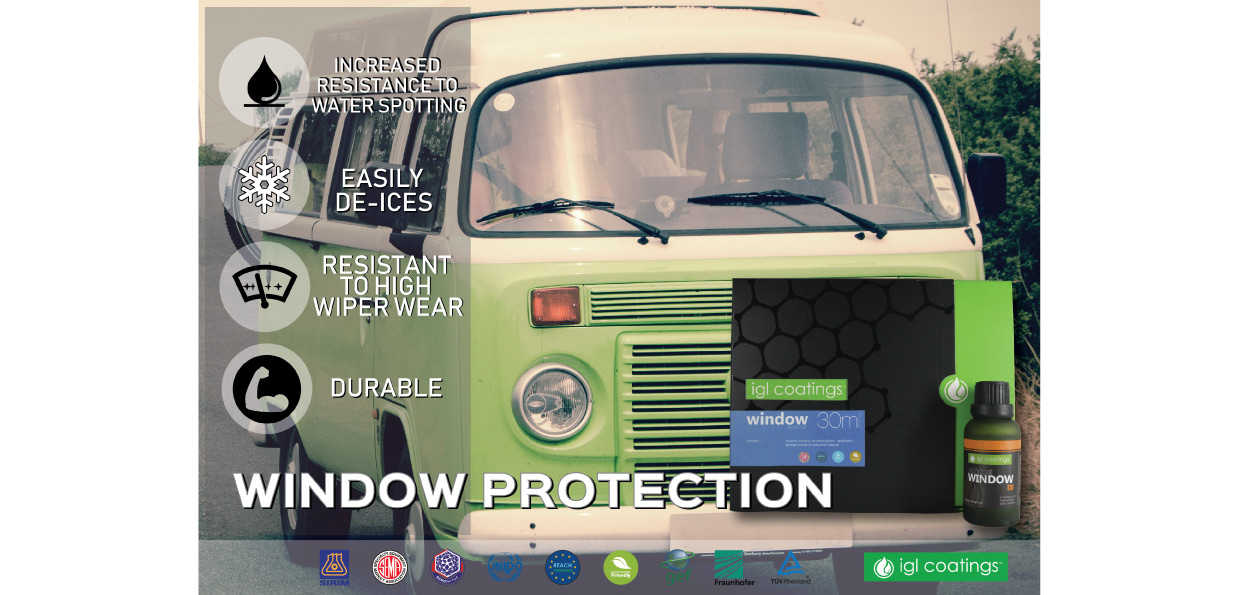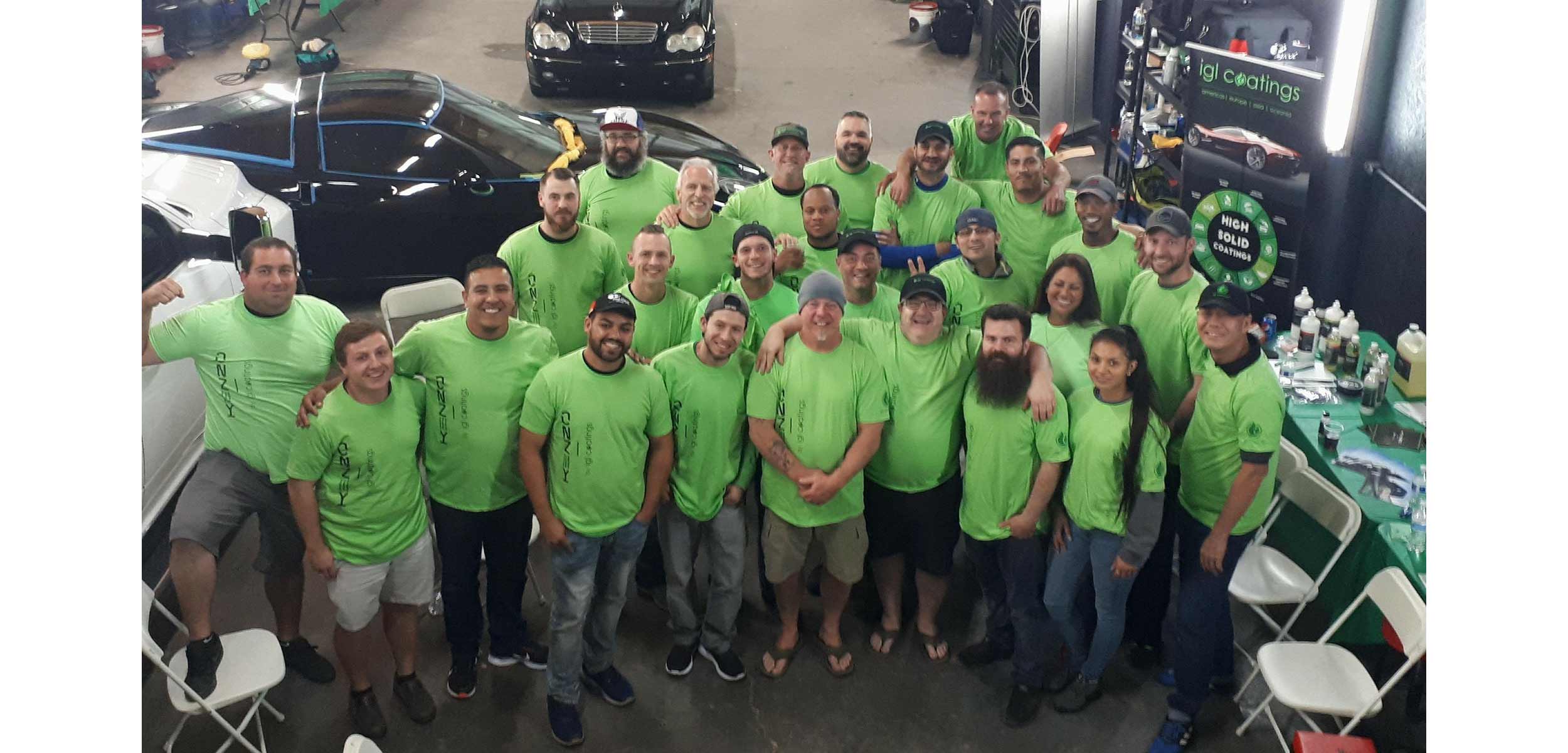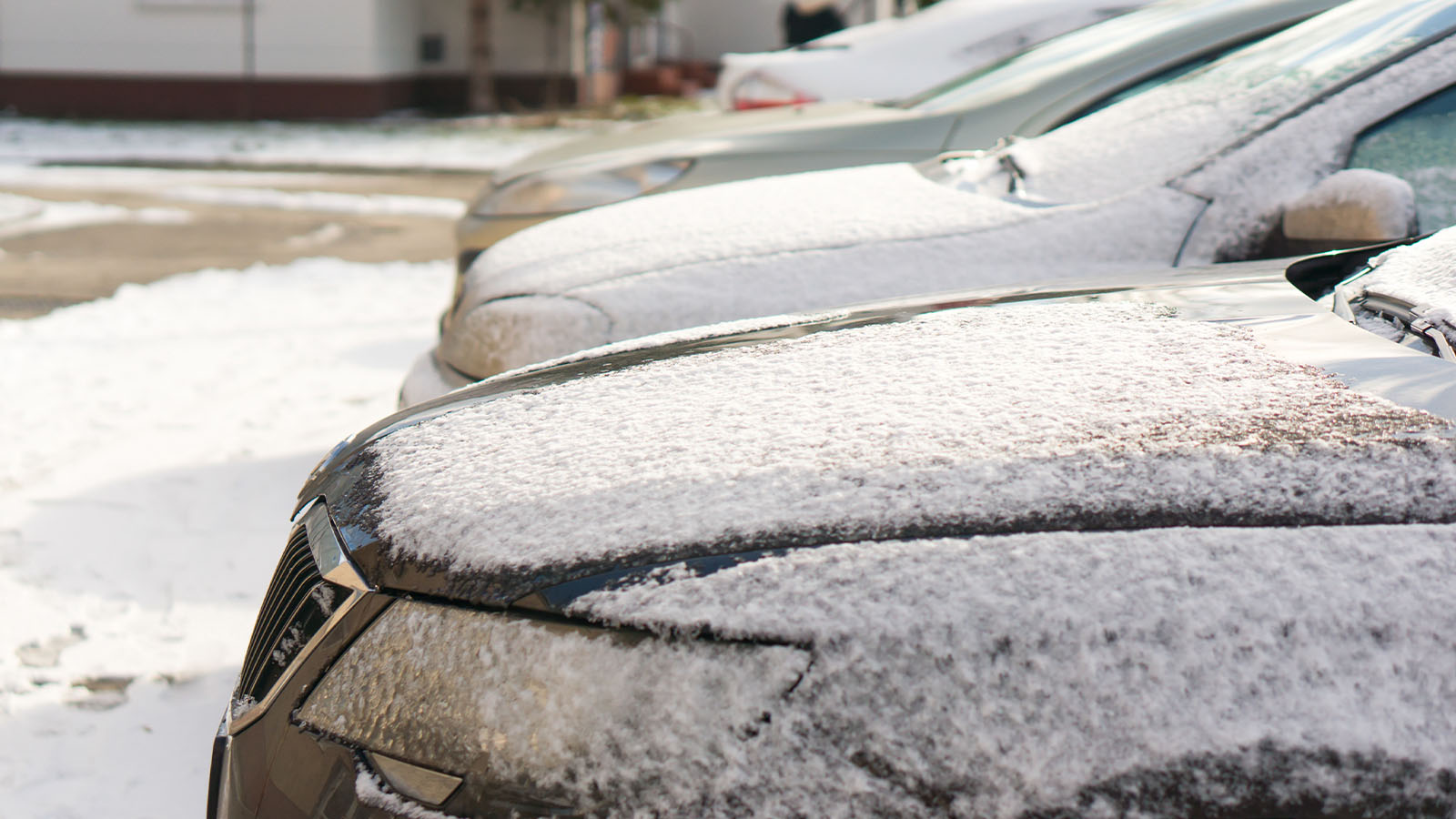Wasting your time every morning as you head off to work seems counterproductive. But that’s what you need to do when it’s winter and the windscreen needs de-icing.
So there you are, standing in this butt freezing temperature, nose red and hands shivering, wondering why winter is so harsh when fairytales make it seem so beautiful. Well, there’s nothing beautiful about not being able to see where you’re driving, innit?
That’s why technological advancement has been great in bringing forth countless inventions, among them being chemical de-icer and car heater. No doubt they have saved plenty of minutes for red nosed workers heading off to work in the blizzard.

Current Active De-icing System
How current technology works to combat cold weather is by using an electrothermal system. For example, if you look inside your car, there’s a button that you can push to switch on the heater. This is pretty much the standard for all vehicles nowadays.
But the downside of this is that it only covers a certain part of your car. And due to the nature of the electrothermal system being that it heats up by using electricity, it requires a high power input to keep on working.
Of course, there are plenty of hacks online on how you can de-ice your car faster. No doubt most would include either vinegar or salt (or both, for double the effectiveness?). But it would still require the same amount of labor from your side.

But what if…what if there’s a way to make the waiting time even shorter? What if there’s a way you can reduce manual labor every morning? A more passive de-icing method that not only saves time but also frustration and paranoia that you’re going to crack the windscreen from scraping it too hard one winter day.
Based on an experiment report paper testing the alternatives to active & passive de-icing method, there is definitely a way for you to wait even less in the cold. The answer is: superhydrophobicity.
Hydrophobic Vs Icephobic
So what the report above suggested is that aside from any other active de-icing system, there’s a way for surfaces to passively de-ice. This means less waiting time for the ice to melt and shed off.

Some of you may argue that considering we’re talking about de-icing, shouldn’t the experiment be about icephobicity? This is where the topic of differences between the two properties become important.
Hydrophobicity (or water repellency, if you’re more familiar with that term) is related to the amount of contact angle & hysteresis of a surface. You can read more about what is considered a hydrophobic surface and how to get a superhydrophobic surface yourself! Just click here to read more.
Icephobicity is related to the surface’s ice adhesion and how long it takes for ice to form in a natural setting. But whether or not one property contributes to the other is still a debatable topic. An icephobic surface does not necessarily mean a hydrophobic surface, but the appearance of both properties at the same time is a possibility.
Which is why the experiment was conducted: to test whether a superhydrophobic surface can be a good icephobic surface. In theory, we can take advantage of the surface’s ability to repel water to create low ice adhesion. Thus, reduced de-icing time.

Superhydrophobic Surface Can Reduce De-icing Time?
The short answer is: YES! The long answer below will contain why and how superhydrophobicity contributes to easier de-icing.
Based on the experiment results, surfaces coated with superhydrophobic coating resulted in thinner ice shape. Thanks to this finding, we now know that pitching superhydrophobic surfaces against the cold weather will result in lower ice accretion that implies lower de-icing time.
And though the experiment found that the type of ice formed remain unchanged, they noticed a drop in ice adhesion over the surface. This means that it will be easier to remove the ice from a superhydrophobic surface compared to a normal or uncoated surface.
So will having a superhydrophobic car result in shorter de-icing time?
Yes!

How to Get Superhydrophobic Surface for My Car?
By coating your car using IGL Coatings!
Welcome to the world of IGL Coatings car care where micro marring is unacceptable and hydrophobicity is a must. And in winter time, you’ll want that superhydrophobicity for your car.
To cater to your car’s winter needs, our ecocoat range has the perfect hydrophobicity property. Suitable for application on the windscreen, body, trim, headlight and even wheel, the ecocoat range is created with your whole car in mind.

We have a dedicated coating for windscreens that’s sure to work in rain, shine or snow. When you go to your detailer, just ask for IGL Coatings ecocoat window to be done for your car.
Not sure if it’s the right coating for you? Don’t take our words for it. You can watch the video below to see how it works in real life, thanks to our accredited detailer in Europe.
Where Can I Get IGL Coatings ecocoat Range?
Wondering where to get IGL Coatings ecocoat range for your car? IGL Coatings have distributors and detailers around the world to help you get that top hydrophobic quality for your car. Just click here to find the nearest detailer!



